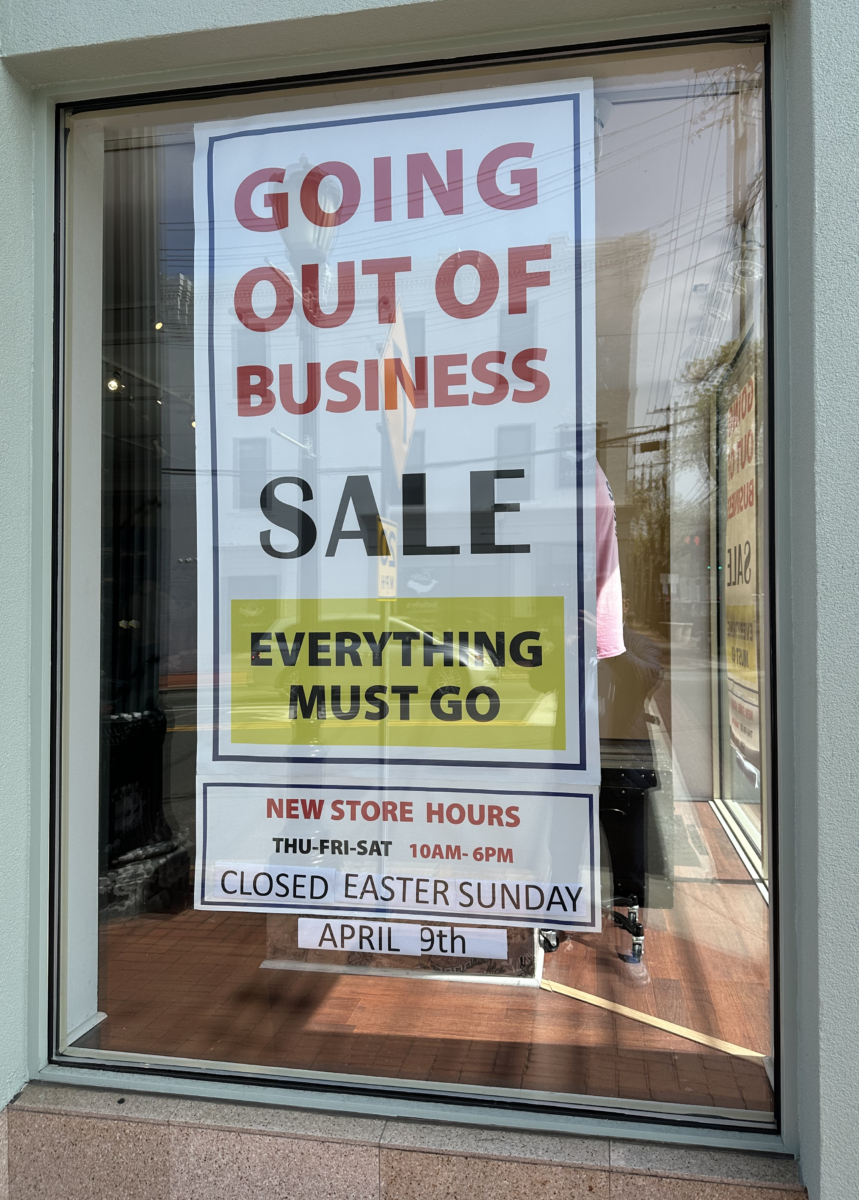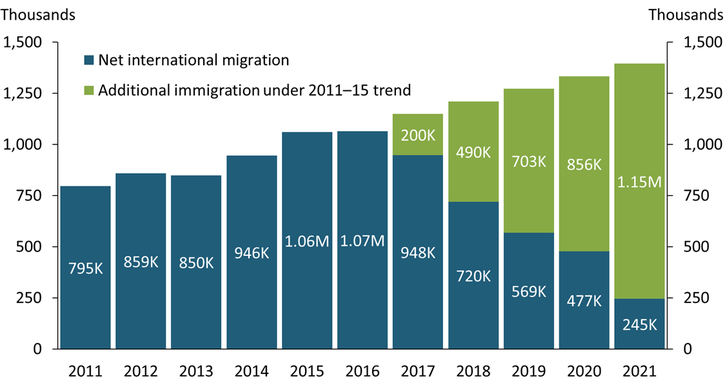Nonfarm payrolls came out Friday, and once again they impressed with their underlying strength: 236,000 new workers were added in March, with February NFP revised upward to 326,000, as the unemployment rate fell to 3.5%. But there remains nearly two job opening for each unemployed worker, and despite rising wages, lots of decent positions remain unfilled.
We have repeatedly discussed the issues surrounding the labor force:
– Why there is a shortage of workers;
– How low-end wages have lagged;
– Why Return to Office has not gone well.
Perhaps we should consider another issue that tends to get too little ink: Workers exiting sectors of the service industry permanently.
Fundamental changes are taking place in the labor economy, especially within the service sector. This is most notable in various career choices, ranging from food service to retail to construction and manufacturing.
Perhaps a few anecdotes1 might illuminate this:
We tend to cook during the week and go out to eat on weekends. Spend any time dining out and you cannot help but notice how short-staffed restaurants are. It doesn’t matter if they are cheap & cheerful local joints (breakfast tacos!) or expensive dining establishments, they need cooks, busboys, dishwashers, bartenders, and waitstaff.2 These were once entry-level positions that high school or college students would take to pick up some extra cash.
We have our favorite spots, and I always make a point to ask the owner/head chef/restaurateur how their staffing issues are going. None are happy, they range from “okay” to “not great” to “awful.” It is affecting their businesses in all sorts of ways: Closing Mondays is a given, and now Tuesdays and Wednesdays are on the table, as is renegotiating rents. It’s even forced reduced menu options, as it takes less staff to prepare a smaller more focused menu.
Speak to any local craftsman – mechanics, builders, plumbers, electricians, carpenters, landscapers, etc. – they will tell you they not only are having a hard time hiring but are having difficulty finding apprentices and mentees who might one day take over the business.
Then there is retail. Again, this is only anecdotal, but it seems to be an area that is really struggling to find employees.
We have previously discussed the role of low wages in this issue, but it is readily apparent to be about more than just wages. The shortage of workers has led to a shift in the balance of power between capital and labor, which sent wages higher. The labor market is radically changing, and we see this manifest first in the career choices of high school and college graduates and other new entrants into the labor markets.
Store hours have been reduced; Sundays are closed. Training for sales is time-consuming, and margins are razor thin, even in high end stores that are known for fatter profits. It’s become difficult enough that some otherwise profitable stores are closing – they simply cannot get enough bodies to cover the floor during store hours.
Lots of folks are worried about the employment impact of ChatGPT and other forms of AI, but the more imminent concern is simply younger people leaving entire industries permanently. We are in a major period of transition, and we really have little idea of how this is going to play out.
Think about this the next time you walk into a restaurant or a retailer and wonder why it’s so difficult to get any service…
Previously:
The Radically Changing Labor Market (October 8, 2021)
Elvis (Your Waiter) Has Left the Building (July 9, 2021)
The Puzzle in the Labor Data (July 8, 2019)
See also:
Nobody knows how many jobs will “be automated” (Noahpinion, April 10, 2023)
__________
1. While it is often stated that the plural of anecdote is not data, the professor who coined that phrase actually meant the opposite: when you see a few anecdotes connected you should use it as a leaping off point for more research.
Meaning, don’t ignore the anecdotes but see if they point to a broader underlying data set.
2. Immigrants used to fill the gap but we seem to have reduced the total number of legal immigrants over the past decade (some recent data suggests that’s improving).



